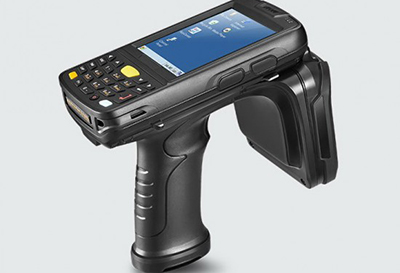The range of Radio Frequency Identification (RFID) readers can vary depending on the type of RFID technology used and the specific application requirements. Generally, RFID systems can be categorized into three main frequency bands: low frequency (LF), high frequency (HF), and ultra-high frequency (UHF). Each frequency band has its own characteristics and range capabilities.
Low Frequency (LF):
Frequency Range: 125 kHz to 134 kHz
Range: Typically up to 10 centimeters (but can extend to a few meters with special configurations)
High Frequency (HF):
Frequency Range: 13.56 MHz
Range: Generally up to 1 meter
Ultra-High Frequency (UHF):
Frequency Range: 860 MHz to 960 MHz
Range: UHF RFID systems offer the longest read ranges, often exceeding 10 meters and, in some cases, reaching up to 30 meters or more.
It's important to note that the actual range achievable in a specific RFID system can be influenced by several factors, including the power of the RFID reader, the type of RFID tags used, environmental conditions, and interference. In some specialized applications, such as long-range asset tracking or vehicle identification, RFID systems with extended ranges may be employed.

Additionally, there are active RFID systems where the RFID tags have their own power source (e.g., a battery), allowing for even longer ranges compared to passive RFID systems. Active RFID systems can achieve ranges of tens of meters to over a hundred meters.
In summary, the longest range for an RFID reader depends on the frequency band, the specific technology, and the implementation details of the RFID system. UHF RFID systems generally offer the longest read ranges among passive RFID systems.
Prev News:Can RFID be long range?
Next News:Does RFID show location?